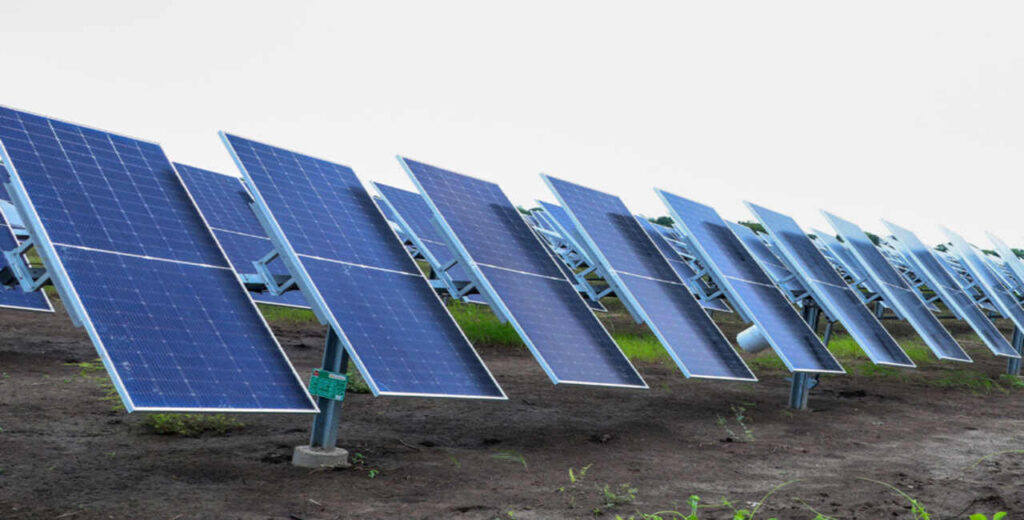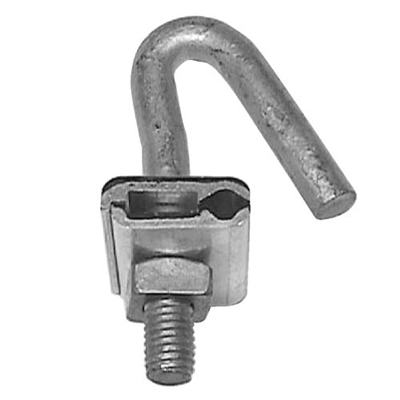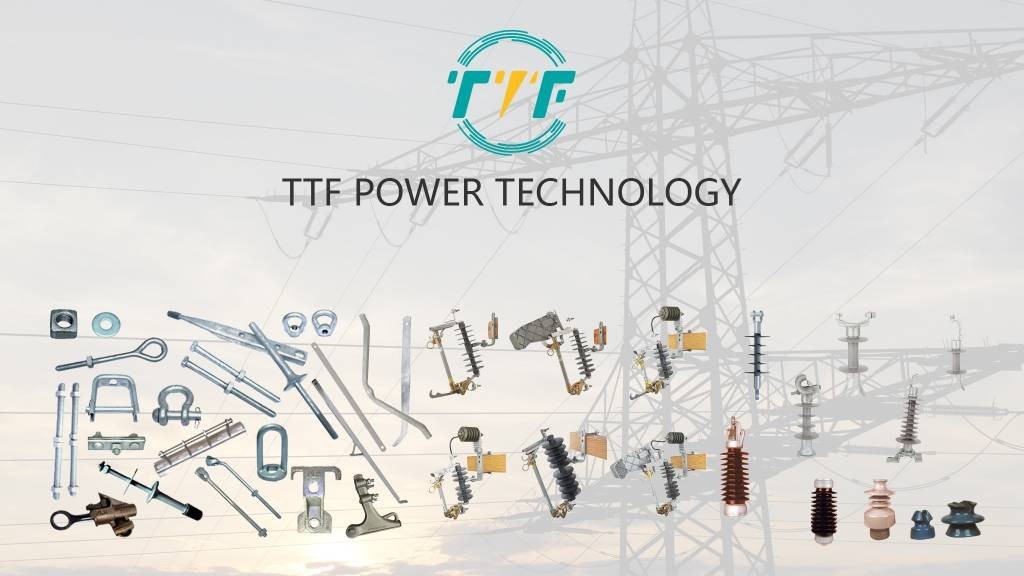
Peru is emerging as a key player in South America’s renewable energy transition, with solar power at the center. Gonvarri Solar Steel, a global leader in solar tracking solutions, influences Peru’s solar farm industry by supplying advanced single-axis trackers for large-scale projects. Gonvarri has secured a deal to supply its trackers for a 396 MW supply deal. These trackers increase energy yield by 15-25% compared to fixed-tilt systems by following the sun’s path. Additionally, bifacial panel compatibility boosts output as trackers optimize light capture on both sides of the modules. Their trackers also use anti-corrosive materials to withstand sand, salt, and humidity. Solar trackers help promote the development of solar farms to reduce reliance on fossil fuels. Solar trackers enable efficient solar farms that reduce intermittency issues, supporting Peru’s grid reliability. C-SPAN clamps secure solar panels to the torque of single-axis trackers.
C-SPAN clamps ensure structural stability, electrical safety, and optimal energy production in large-scale projects in Peru. The use of advanced clamping systems will support Peru’s expansion of its solar capacity. C-SPAN clamps hold solar modules to the tracker’s rotating torque tube to prevent slippage. The clamps are also designed to withstand high mechanical stress in various areas. C-SPAN clamps incorporate non-conductive materials to prevent potential induced degradation and ground faults. They ensure no unwanted current flows between panels and the tracker frame. The installation process involves mounting torque tubes, integration with insulator ties, and quality control and compliance. The use of these clamps increases durability, higher energy yield, and faster installation.
The roles of C-SPAN clamps in solar tracker installation for Peru’s solar farms
C-SPAN clamps are specialized hardware used to secure and guide electrical cables along tracker structures. They maintain proper cable alignment and prevent sagging and are able to accommodate the dynamic movement of trackers. The clamps are crucial components in the structural and electrical integration of solar tracker systems. They are able to ensure performance, safety, and reliability in solar tracker installations. Here are the roles of C-SPAN clamps in the solar tracker industry.

- Cable management and protection—solar trackers are always rotating, which can cause wear on electrical cables. The use of C-span clamps helps hold DC or AC cables in place along the rotating arms of the tracker. They prevent cables from dragging, snagging, or tangling, which can lead to electrical shorts.
- Enabling dynamic movement—C-span clamps are designed to move with the structure without straining the cable. They help prevent stress points that can cause fatigue or insulation breakdown.
- Improving installation efficiency—C-Span clamps enable quick, repeatable, and secure attachment of cables to tracker arms. Their modular design reduces installation time and ensures uniform quality across tracker units.
- Supporting environmental performance—Peru’s environmental conditions demand components that resist corrosion, UV degradation, and high-temperature swings. C-SPAN clamps are made from high-grade materials that ensure reliability in extreme conditions.
Solar trackers improving reliability and stability in Peru’s solar energy industry
Solar trackers are mechanical systems that rotate photovoltaic panels to follow the sun’s path. They maximize energy yield by maintaining optimal panel orientation to the sun. Using solar trackers in utility-scale solar farms is crucial in diversifying Peru’s energy mix and reducing dependence on fossil fuels. Discussed below are the impacts of incorporating solar trackers in Peru’s solar industry.

- Increased energy output and predictability—trackers boost energy production by 15% to 30% compared to fixed systems. This leads to a more consistent power supply throughout the day.
- Smoother power curves—traditional solar systems generate a sharp bell curve, while trackers flatten the curve by starting earlier in the morning. This helps the grid by reducing fluctuations and minimizing the need for backup fossil-fueled power.
- Reduced grid congestion—well-timed solar output from trackers eases peak-hour stress. This helps avoid grid instability in poorly connected regions.
- Integration with energy storage and hybrid systems—extended solar generation from trackers complements battery storage. The trackers help align solar production with demand curves, which makes it easier to store excess power.
- Supporting Peru’s decarbonization and climate goals—solar trackers increase the efficiency of renewable energy investments. This helps Peru meet its nationally determined contributions under the Paris Agreement. It also helps speed up the transition from fossil fuels by making renewables more reliable and economically competitive.